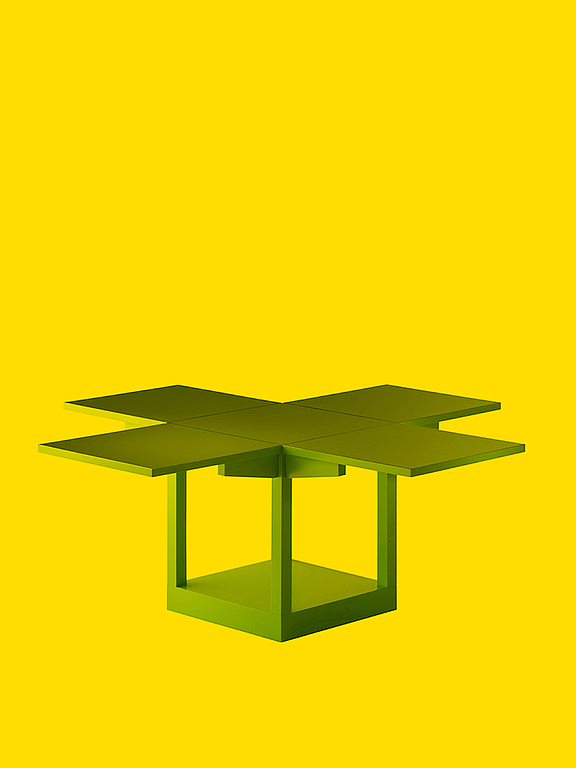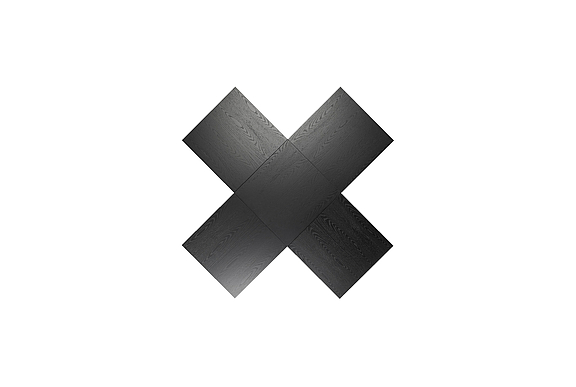
K10
Bauhaus-table
Bauhaus Original
Erich Brendel
1924
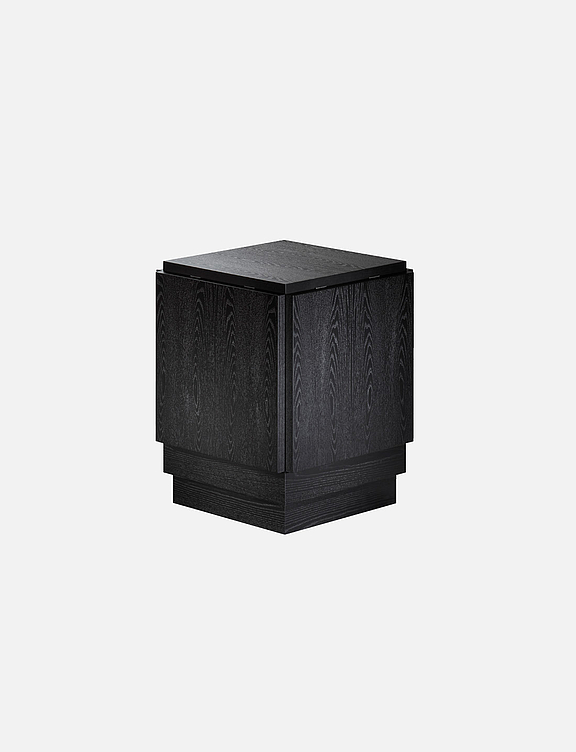
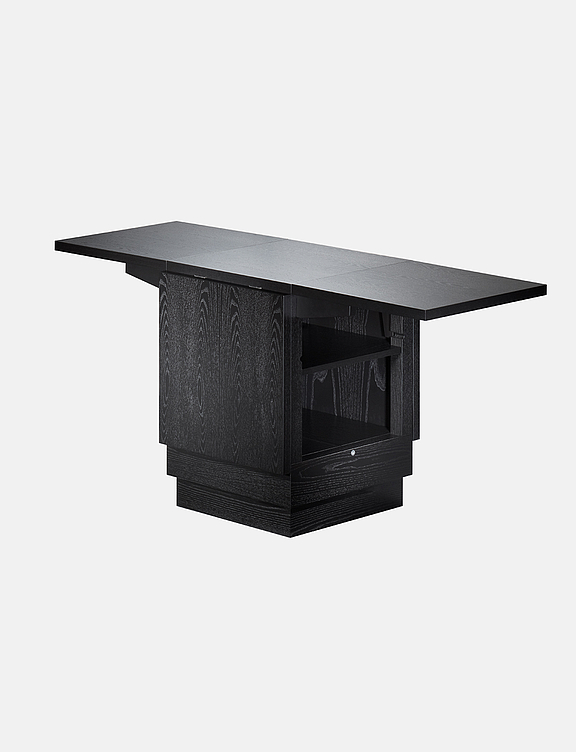
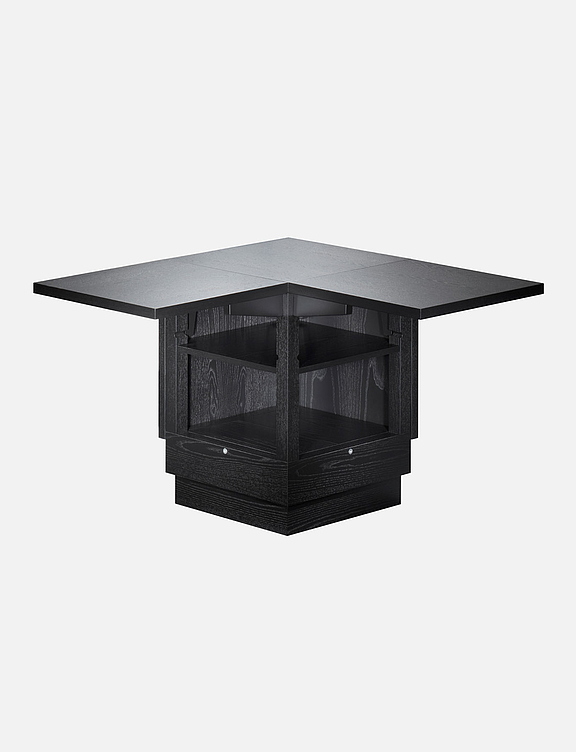
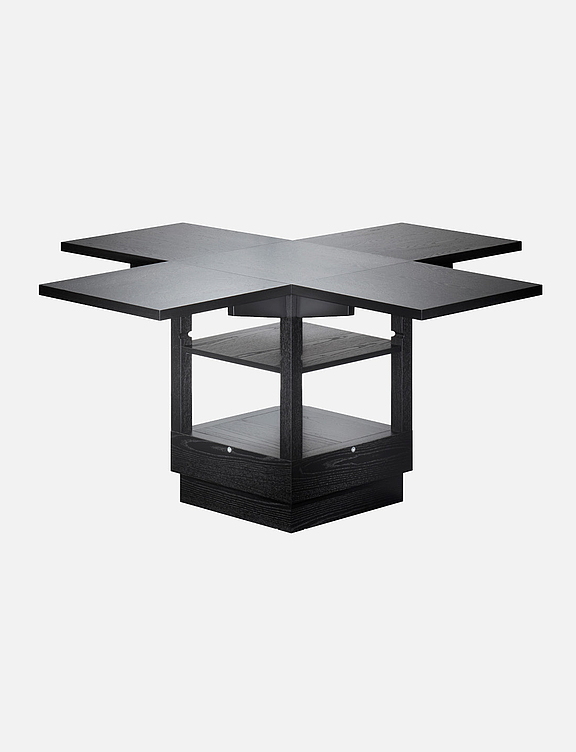
M10
Miracle of versatility
Corpus and 4 plates
ashveneer, lacquered white, black, red or natural, inside shelf and 2 insert plates in black, on castors
Dimensions (cm)
Width: 45–125
Depth: 45–125
Height: 60
This is another table that deserves attention: the little brother of the M10, 15 per cent smaller in size, and produced by Tecta according to the ideas of its creator, Erich Brendel. The cube structures that characterised Walter Gropius’ director’s room also serve as a source of inspiration There is hardly a room installation that influenced a generation of young designers as enduringly as this room, which was much frequented by Bauhaus students.
They included Erich Brendel and Peter Keler. Keler also paid a visit to Erich Brendel in Wedel near Hamburg together with Tecta’s Axel Bruchhäuser. They spent the afternoon together. Erich Brendel then had the idea of offering his folding table in a smaller version, as a side table.
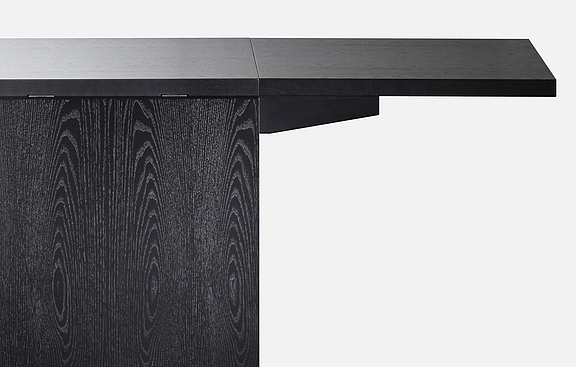
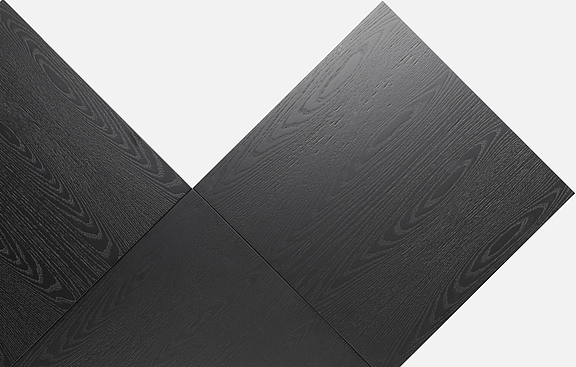
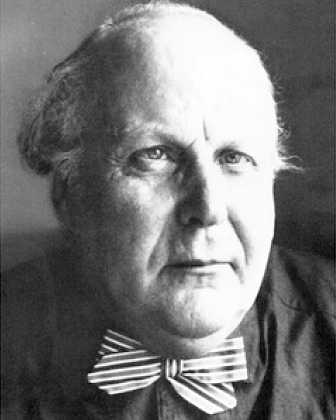
Inspired by the cube. Bauhaus Weimar in the Roaring Twenties: a carpentry workshop with 31 apprentices, including Erich Brendel and Marcel Breuer, both of whom passed their final exams there. From 1921 to 1926 Brendel studied in Goethe’s city. Thanks to his great talent he was one of the few allowed to work in Walter Gropius' architectural practice. Traces can be found in the sole architectural testimony of the Bauhaus: the “Haus am Horn” in Weimar, which was designed in 1923 for the great Bauhaus exhibition and constituted an experiment and design for modern living with beautiful materials.
All the workshops contributed to the interior design of the rooms, which were grouped around a light-filled atrium. Erich Brendel designed the nursery together with Alma Buscher. Furniture, lamps, carpets, pottery and the colour scheme were to form a harmonious whole.
Erich Brendel's formal and constructive way of thinking is demonstrated not only by his work as a lecturer in structural engineering in Frankfurt/Main from 1948 to 1963, but above all by a piece of furniture that he designed in 1924, inspired by the strict cubic structures of Walter Gropius' director's room. A mobile cube that could be unfolded on four sides like a flower and enlarged from a small tea table to a dining table. It was listed as no. 7 in the “New Works of the Bauhaus Workshops.” Between 1978 and 1981 Tecta worked intensively with Erich Brendel on a faithful reproduction of the table designated as the M10 in Lauenförde and, at Brendel's request, on producing a smaller version as the K10 side table.

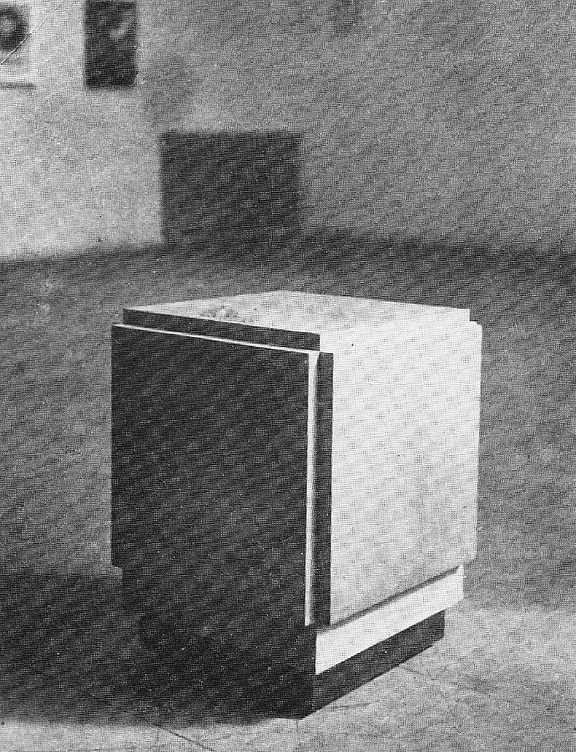
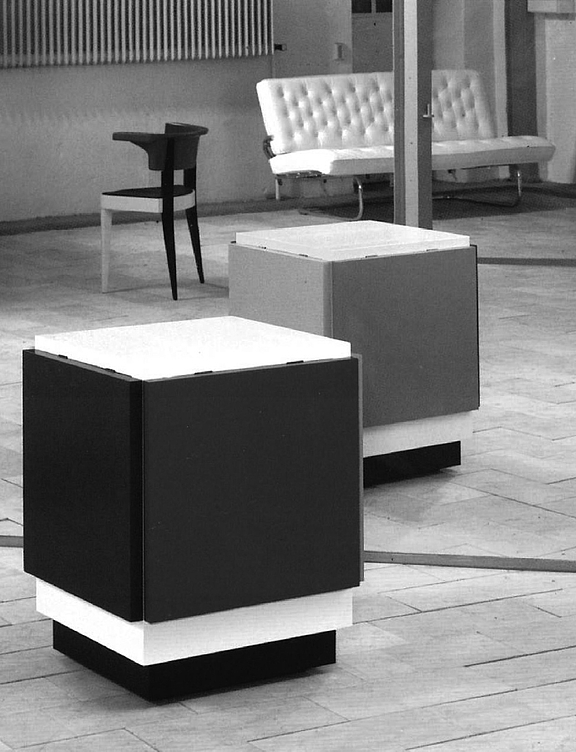
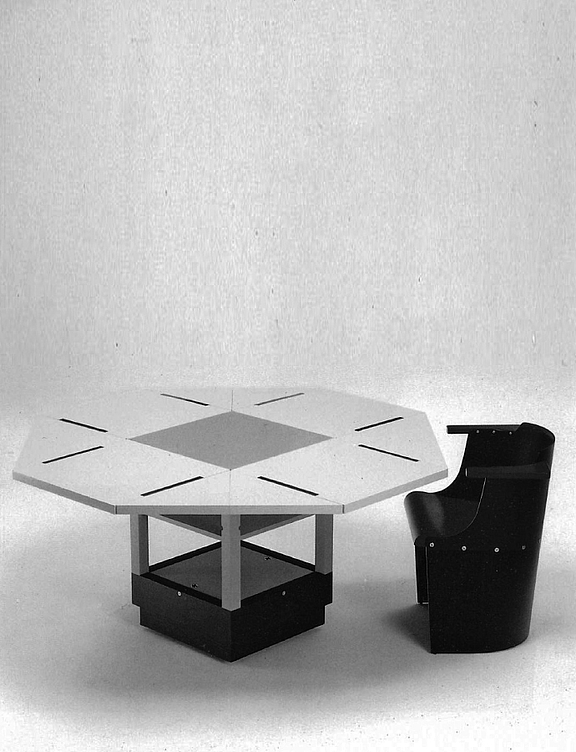
Bauhaus
Reinterpretation
